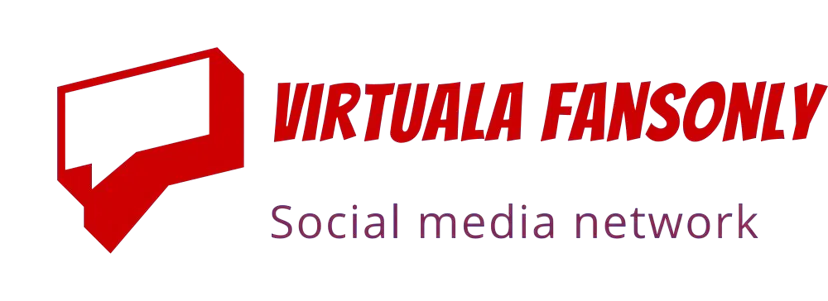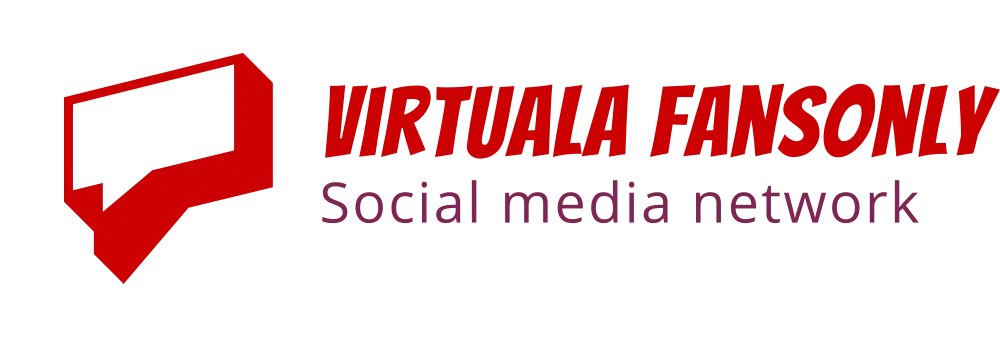Optimizing Clinic Efficiency Through Credentialing Enhancements and Office-Based Service Coding
Introduction
In today’s highly regulated healthcare industry, administrative efficiency plays a critical role in ensuring accurate reimbursements and consistent care delivery. Among the foundational processes that shape this efficiency are provider credentialing and the appropriate coding of service locations. The intersection of these two functions becomes particularly relevant in eligibility in medical billing settings, where accurate representation of in-office care can dramatically affect revenue and compliance.
Understanding Office-Based Care Settings
Healthcare services are delivered in various environments—ranging from hospitals and surgical centers to mobile units and private clinics. When care is provided in a physician’s private office, this location holds particular implications for billing. Office-based care typically involves routine evaluations, minor procedures, or chronic condition management and is reimbursed differently compared to hospital-based care.
In billing terms, this setting has its own designation that distinguishes it from institutional care. Accurately coding for in-office visits ensures that payers are billed at the appropriate rate and that reimbursement aligns with resource use. Any misrepresentation, whether accidental or intentional, can lead to claim delays, underpayments, or even audits.
Why Credentialing Still Gets Overlooked
Credentialing, while a standard requirement, is often viewed as an onboarding hurdle rather than an ongoing operational asset. The process involves evaluating a provider’s licenses, training, certifications, and affiliations to ensure they meet payer and legal standards. But delays in credentialing or failure to keep provider data current can paralyze billing operations, especially when paired with incorrect service location coding.
For example, a provider who is not properly credentialed under a certain insurance plan may not be eligible to bill for services, even if care was delivered in a properly coded office setting. The result is denied claims and revenue loss.
Building Coordination Between Credentialing and Coding Teams
The solution lies in bridging the gap between credentialing departments and billing operations. A well-designed workflow ensures that provider data is regularly updated and easily accessible to those assigning codes. Moreover, systems should alert staff when a credentialed provider's designated practice location changes, especially if they move between hospital and office settings.
For example, if a provider is credentialed to work in a hospital but begins seeing patients in a clinic setting, both the credentialing status and service location codes must reflect this change. Otherwise, claims may be processed incorrectly or denied outright.
Using Technology to Enhance Transparency
Modern health IT platforms offer integrated dashboards where credentialing data, scheduling, and billing tools coexist. This enables front-desk and billing teams to view in real-time whether a provider is authorized to deliver office-based services and if the appropriate location codes are being used.
Moreover, these platforms can generate alerts when a provider’s credentials expire or when a change in practice location hasn’t been matched with the correct billing code. This proactive approach reduces rework and aligns teams around shared administrative goals.
Compliance and Audit Preparedness
Another significant benefit of coordinating what is pos 11 with location-based coding is better audit preparedness. Payers and regulators frequently review whether billed services align with both the setting of care and the provider’s approved status. Inconsistent records or outdated credentials can result in repayments or legal scrutiny.
Organizations that automate credential verification and tie it directly to service location coding are better equipped to withstand such audits and avoid penalties.
Conclusion
Accurate provider credentialing and correct identification of in-office care settings are not isolated administrative tasks—they are vital components of an efficient, compliant billing system. When executed in harmony, they protect revenue, improve payer relationships, and streamline patient access to care. In the ever-complex world of healthcare billing, integration and communication across departments are key.





- Live Stream
- Causes
- Crafts
- Dance
- Drinks
- Film
- Fitness
- Food
- Παιχνίδια
- Gardening
- Health
- Κεντρική Σελίδα
- Literature
- Music
- Networking
- άλλο
- Party
- Religion
- Shopping
- Sports
- Theater
- Wellness
- Art
- Life
- Coding




